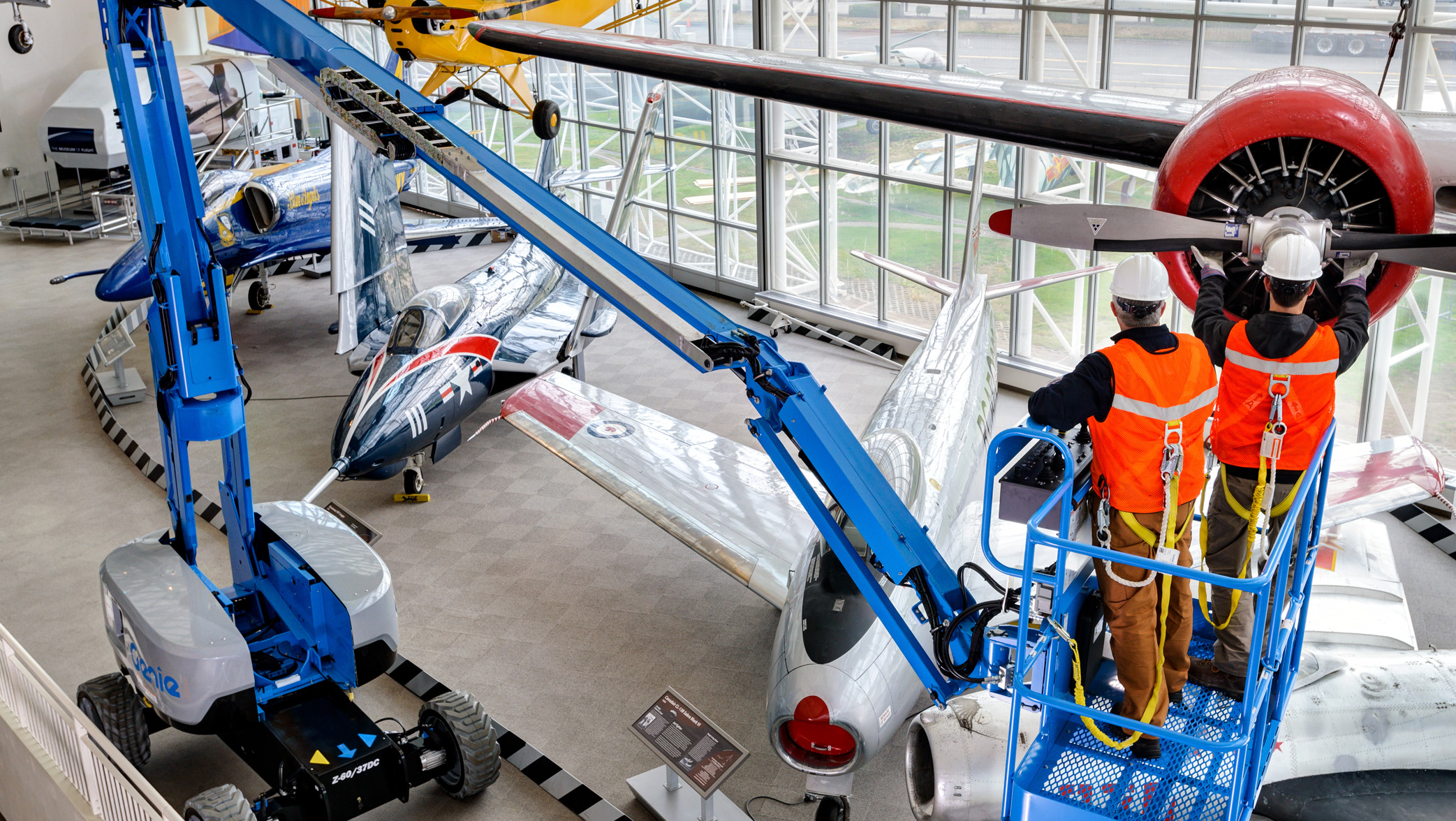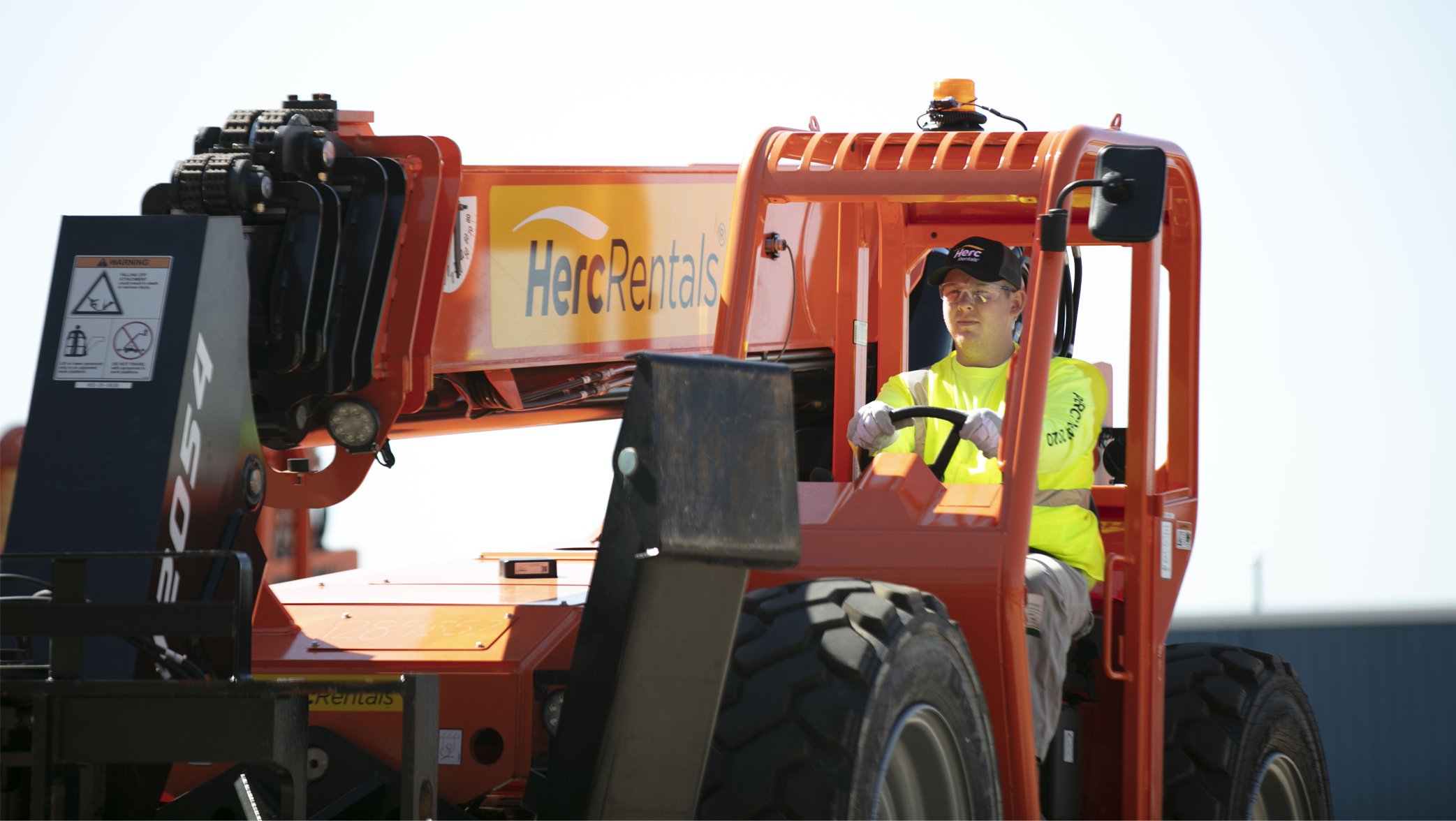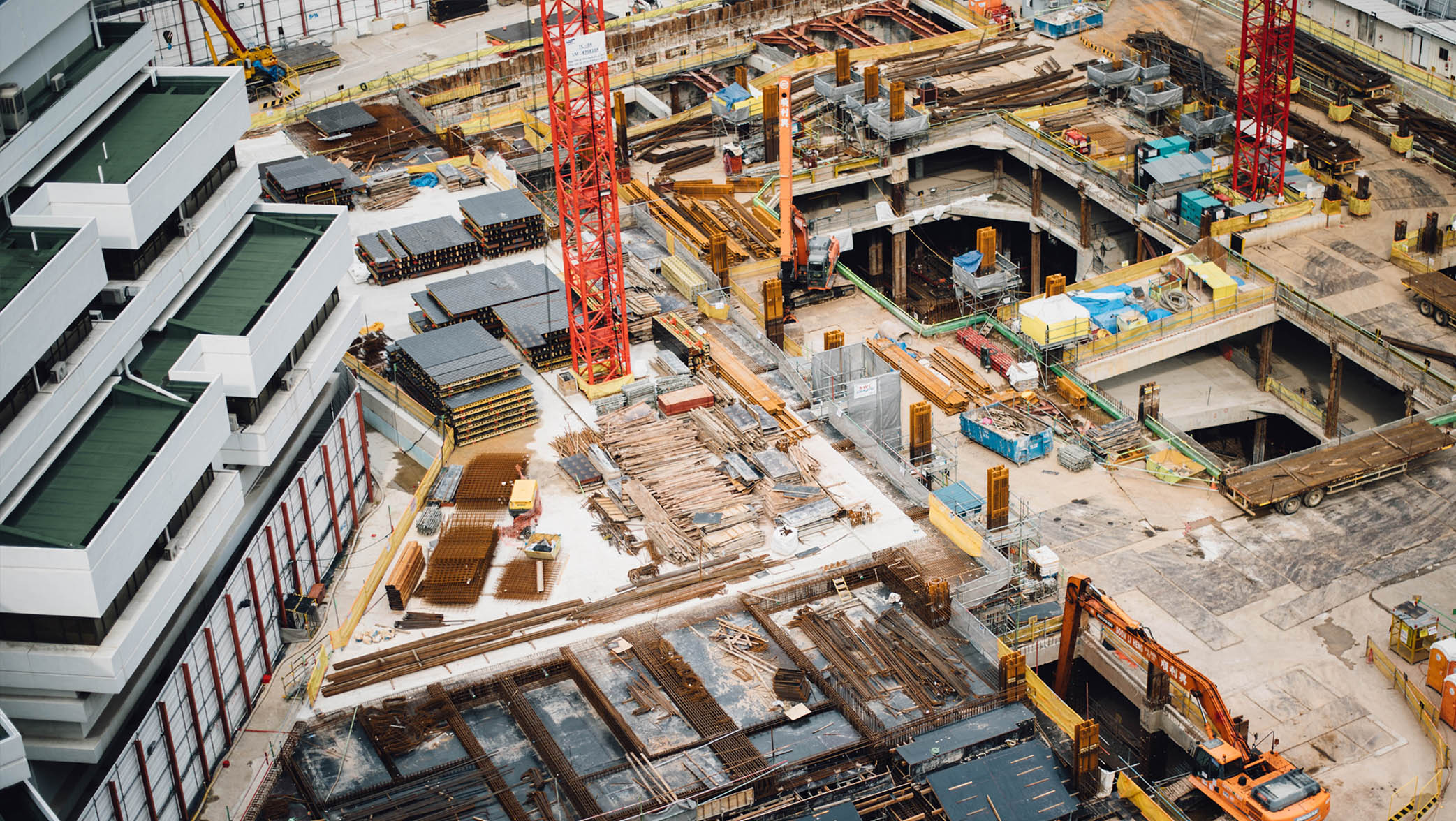Businesses and homeowners can save thousands of dollars in costly repairs by simply having their landscaping company perform an irrigation blowout.
The best time to do it? In the late fall, right around the time of the first frost, experts say.
Winterizing an in-ground irrigation system is something landscaping companies recommend as the final act before shutting down until spring. The job is inexpensive, quick and important because any water remaining in an irrigation system has the potential to freeze, expand, and damage the system, resulting in costly repairs.
Simply turning off the water isn’t enough.
In the spring, summer and early fall, small amounts of water remain in the pipes every time an irrigation system runs. But when temperatures drop in late fall and winter, water left inside the system can freeze, weaken pipe walls or cause widespread damage to system components like nozzles, heads and more.
The process of an irrigation blowout is fairly simple, but one that should be performed by a professional. It entails turning the water off at the mainline source and then using an air compressor and matching hoses to “blowout” any lingering drops of water from each irrigation zone.
While not all systems are built the same, traditionally a 185 cfm compressor is all that’s needed to winterize a standard residential in-ground irrigation system. (Most systems require between 80 to 100 cubic feet of air per minute to remove excess water from the lines properly.)
Now that you know the basics, here are some important questions to ask before renting:
- Is the application for residential, commercial or golf course use?
- How many zones are there?
- What type of pipe is used in the irrigation system (PVC, polyethylene, etc.)?
Finally, here are some precautions to consider during set-up:
- Use an air compressor with a cfm rating of 80-185 for any mainline two inches or less.
- Adjust the outlet pressure on the air compressor down to the lowest possible setting, typically 80 psi.
- Use a pressure regulator at the connection point of the irrigation system to reduce the pressure even lower, typically 12 psi is a good starting point, then increase the pressure as needed.
- Use the correct amount of hose, typically ¾-inch and always use whiplocks at hose connections for safety. To reduce pressure loss in the hose from the compressor to the sprinkler system, be sure to get the compressor as close to the sprinkler connection as possible and use the shortest length of hose possible.
- Avoid exceeding 50 psi for polyethylene piping systems and 80 psi for PVC piping systems. In smaller residential systems, 15-25 psi will be all the pressure needed to remove water from the system. This is dependent on the size of the pipe, number of heads per zone, and total amount of piping per zone.
- Once the compressor is connected to the system, cycle the zones one by one until no more water flows from each zone, then move to the next zone. Time in each zone will depend on its size and amount of residual water in the zone.
- Avoid running the compressor without at least one sprinkler control valve open.
For more information about air compressors or to rent, click HERE.


